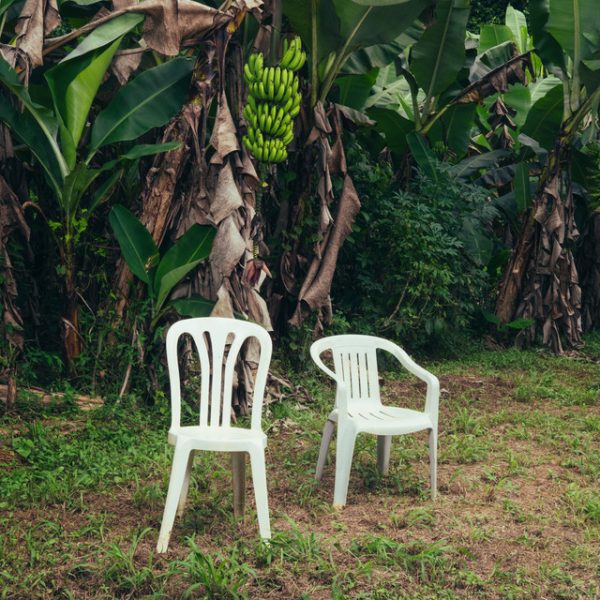Why the Panda Population is Still Heavily Endangered
Pandas themselves have made it more difficult for their population to grow.
Pandas have long been endangered and the numbers aren’t going to increase significantly any time soon. With the luck of last year when ten new babies were born, there seems to be a brighter future for these round, black and white bears, but it has little to do with the reproduction rates of the pandas.
A trip to China over this summer allowed me the opportunity to do a day’s worth of volunteering at the China Conservation and Protection Centre for the Giant Panda. Through their Panda Keeper Program, I was able to understand much more about the process and problems of panda conservation.
Considering the fact that panda mothers generally give birth to only one or two babies total, it’s no wonder why these creatures are still endangered. While deforestation is a factor in their endangerment, pandas themselves have made it more difficult for their population to grow. The largest of these problems is that mother pandas produce only enough milk to provide for one baby which proves to be a significant problem when they birth two babies.

Researchers at the Panda Breeding Facilities monitor the pregnancies of pandas and when a common occurrence such as two babies happens, one of the babies goes into almost immediate care under the researchers themselves. In a truly complex way, the researchers provide the one baby with an environment that simulates that of a panda mother’s own caring techniques. The babies are kept in enclosed containers which provide the approximate temperatures of a panda mother’s body heat. They are also given milk from a bottle and even are helped with excretion the way a panda mother would help.
A process begins from day one in which every couple of days the researchers switch out one baby panda for its sibling, allowing for the panda mother to make that connection with both her children. However, this is not a simple task, as tearing a mother’s young away from her is a dangerous undertaking.

Another serious problem is that the mothers generally leave one baby to die because she cannot provide for it. When the researchers care for this baby and then return it to the mother, the mother may not even recognize it or realize it is not the same baby she was caring for the last couple days. In this case, the mother may not act kindly to the baby, resulting in damaging conditions both physically and emotionally for the baby and the mother.
On the other hand, success is had when the mother does decide to feed and care for the replaced baby. If this proves to be successful, the two baby siblings are swapped out until they reach adolescent age.
Some of these adolescent pandas can be found in the Centre that I volunteered at; however many of them were placed in their natural habitat for the first process of conservation. Because pandas are prone to danger, as they are attacked by many creatures like cougars and other mammals of large size, the first process of conservation gets them adapted only to finding their own food and water. Researchers set up an enclosed area in which the pandas and their mothers live there together allowing for the researchers to observe their behaviors and adaptation to natural wildlife. Mothers still watch over their children, but each panda must be able to understand their surrounding separately. This process goes on for one to two years before they hit the second process of conservation. In the best case scenario, the pandas adapt to their surroundings naturally and can move on to the second process.
The second process enlarges the area of observation while still keeping it enclosed from other predators. In this process, pandas are given tests in which fake replicas of predators are placed in a region. These replicas are given the scent and smell of the predator, and researchers use audio from a real predator which they play when a panda gets close to the replica. If the panda reacts appropriately — running away and climbing up a tree — the panda passes that stage and moves on. This process can go on for another year or so.
There have been few success stories of releasing pandas in the wild; however, according to the Centre I volunteered at, they had one particular success story which has stayed in the hearts of many Chinese citizens. According to a tracker placed inside this panda, it has been active in the wild for three years already without any human contact. Chinese research facilities hope to successfully release more pandas out in the wild in the future.

However, not all pandas will be placed back in the wild. Many of the pandas in the Centre are to be used for breeding purposes. The famous panda, Bao Bao, from Washington D.C. actually was housed at the Centre, however the likelihood of her being placed back in the wild is slim because she is a great candidate for breeding, being a female.
The population count for pandas keeps increasing slowly but steadily, so there’s no doubt that pandas will still be around for quite some time. Current research suggests that the care of pandas has significantly improved over the past 10 years as well. With that in mind, we can hope to see more of these lovable pandas in the future both in the care of panda facilities and in their natural habitats.

Emma Blackwell is senior at West and is both the Editor-in-Chief of The Glen Bard and a columnist. Her main column is called "Artist's Corner" and covers...







